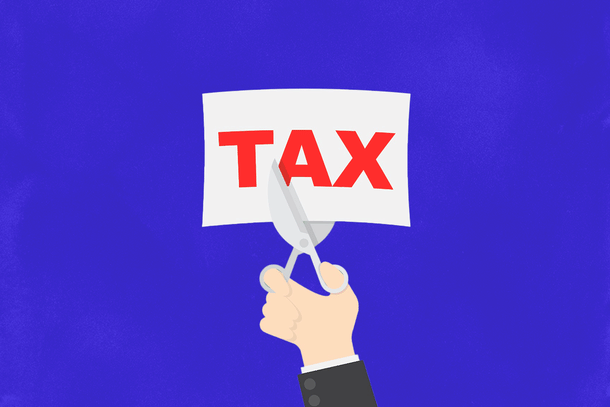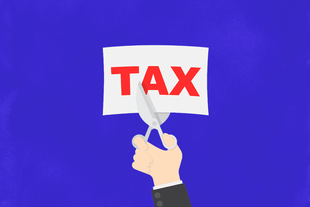News Brief
Centre Seeks To Reduce States' Share Of Central Tax Revenues Amid Fiscal Pressures: Report
Arjun Brij
Feb 28, 2025, 12:03 PM | Updated 12:03 PM IST
Save & read from anywhere!
Bookmark stories for easy access on any device or the Swarajya app.


The Central government is reportedly seeking to cut the proportion of federal tax revenues that go to states, a step that could put pressure on centre-state relations, Reuters reported citing sources with direct knowledge of the matter.
The suggestion, to be officially made to the Finance Commission of India, seeks to reduce the share of the states from 41 per cent to at least 40 per cent.
This panel, led by economist Arvind Panagariya, is tasked with tax distribution suggestions and will present its report by 31 October 2025.
If approved, the reforms will be effective from the 2026-27 financial year.
Since the Finance Commission's suggestions are binding, the suggested reduction will have significant fiscal implications.
A 1 per cent cut would yield the central government an extra Rs 35,000 crore ($4.03 billion) on the basis of expected tax collections of the current financial year.
The Union Cabinet is likely to approve the proposal next month, and then it will be sent to the Finance Commission.
The proportion of tax revenue distributed to states has risen consistently, from 20 per cent in 1980 to 41 per cent now.
Yet increasing federal expenditure needs, especially in times of economic slowdown, have reopened discussions on redistributing financial resources.
India's fiscal deficit is currently 4.8 per cent of GDP for the central government and 3.2 per cent for states.
Although states spend more than 60 per cent of government outlays on healthcare and education, their power to collect revenues has been impacted by the Goods and Services Tax (GST) since 2017.
Coupled with this pressure, cesses and surcharges which are not shared with states have risen to more than 15 per cent of gross tax revenue, from 9-12 per cent before.
This reallocation of fiscal resources may affect states' expenditures on welfare programs.
The central government is also weighing options to stem so-called "freebies", including cash handouts and debt forgiveness, which are used for political mileage.
One way to do it is to tie federal grants to states' budgetary prudence, such that money is released only on certain conditions.
Though, it is uncertain whether the government of India would deny grants outright to states it perceives to be giving too much in freebies.
During the last half-decade, grants to states in the nature of revenue deficit have dropped from Rs 1.18 trillion ($13.61 billion) in 2021-22 to Rs 137 billion ($1.58 billion) in the 2025-26 budgetary projections.
This suggested realignment of tax revenue distribution and grant disbursements is bound to unleash fierce political battles.
Arjun Brij is an Editorial Associate at Swarajya. He tweets at @arjun_brij





